1. Incandescent Light Bulbs

The shift toward energy-efficient lighting marks the beginning of the end for traditional incandescent bulbs. Known for their warm glow, these bulbs are being phased out due to their high energy consumption and short lifespan. Per the Department of Energy, new regulations are encouraging the use of LED and CFL bulbs, which are more cost-effective and environmentally friendly. LEDs, in particular, use up to 75% less energy and last 25 times longer than incandescents.
While some may feel nostalgic about incandescent lighting, their environmental impact is hard to ignore. Stockpiling these bulbs may seem like a temporary solution, but as availability dwindles, alternatives will become unavoidable. The push for energy efficiency is part of a broader effort to reduce greenhouse gas emissions. Many countries have already implemented bans on incandescent bulbs, with more expected to follow. This transition is an opportunity to embrace smarter, more sustainable lighting solutions. Making the switch now not only benefits the environment but also results in long-term cost savings for homeowners.
2. Non-Recyclable Plastic Bags
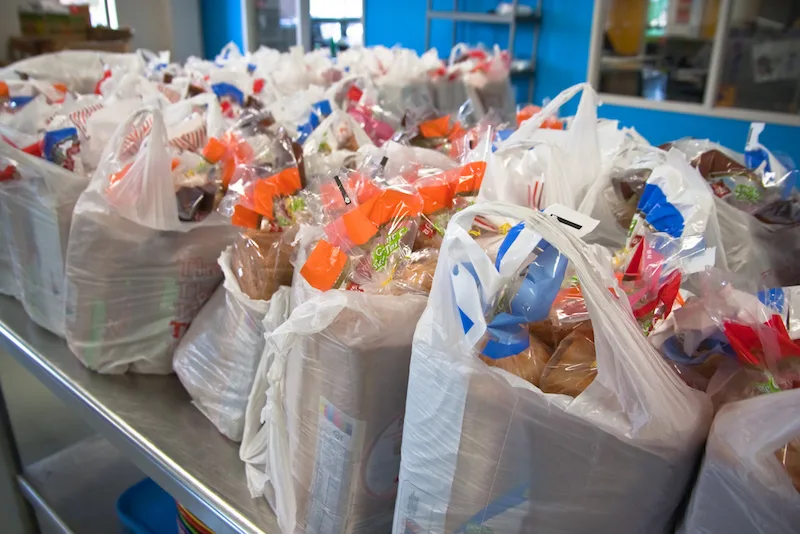
Single-use plastic bags, a major contributor to pollution, are rapidly becoming a thing of the past. Many states have already enacted bans on these bags, and a nationwide ban may soon follow. These non-recyclable items often end up in landfills or oceans, causing harm to wildlife and ecosystems. In their place, biodegradable and reusable alternatives are gaining popularity, according to FoodPrint. Grocery stores are leading the charge by offering paper or compostable options to customers.
Shoppers are also encouraged to bring their own reusable bags, which are more durable and environmentally friendly. Governments and businesses are recognizing the need for this change to combat the growing plastic crisis. The shift is a significant step toward reducing waste and promoting sustainable habits. While it may take time for consumers to adjust, the long-term benefits far outweigh the inconvenience. Phasing out non-recyclable plastic bags is a critical move for a cleaner, greener future.
3. Gas-Powered Lawn Equipment

Gas-powered lawn equipment, such as mowers and leaf blowers, is under increasing scrutiny for its environmental impact. These tools produce high emissions that contribute to air pollution and greenhouse gas levels. As regulations tighten, electric and battery-powered alternatives are quickly becoming the preferred choice. These modern options are quieter, more energy-efficient, and require less maintenance than their gas-powered counterparts.
Many local governments are even offering incentives to encourage homeowners to make the switch. Transitioning now can save time, money, and potential headaches as older models are phased out. This trend reflects a broader shift toward eco-friendly landscaping practices. Beyond emissions, gas-powered tools also pose health risks due to exposure to fumes and noise pollution. Switching to electric equipment supports cleaner air and quieter neighborhoods. By embracing this change, homeowners can take an active role in reducing their environmental footprint while keeping their lawns pristine.
4. Old-School Thermostats
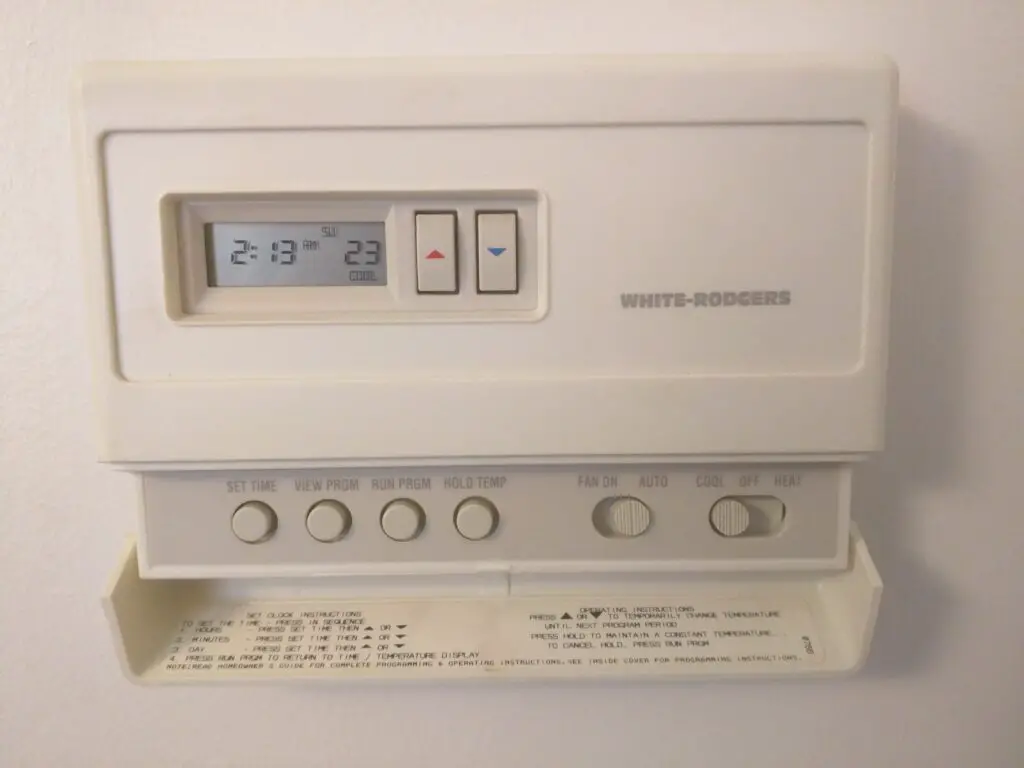
Traditional thermostats containing mercury are gradually being replaced by smart alternatives. Mercury, a hazardous substance, poses significant risks to both human health and the environment. Disposal of these outdated devices requires special handling to prevent contamination. In contrast, smart thermostats offer a safer, more energy-efficient solution. These modern devices allow users to control their home’s temperature remotely, optimizing energy use and reducing utility bills.
Features like scheduling and learning algorithms make it easier than ever to maintain a comfortable and eco-friendly home. Governments and energy companies are promoting smart thermostats through rebates and incentives. Phasing out mercury-based models is part of a larger effort to eliminate toxic substances from everyday products. Homeowners who upgrade can enjoy both improved functionality and peace of mind. As smart technology becomes the norm, the days of old-school thermostats are numbered.
5. Non-Energy-Efficient Appliances

Older appliances that consume excessive energy are increasingly falling out of favor due to stricter efficiency standards. Refrigerators, dishwashers, and washing machines that fail to meet modern guidelines are being targeted for replacement. These outdated models not only drive up electricity bills but also contribute to higher carbon emissions. In contrast, newer appliances are designed to use significantly less power while maintaining or even improving performance.
Energy Star-rated models, for example, are becoming the industry standard for eco-friendly living. Upgrading appliances now can save homeowners money in the long run and reduce their environmental impact. Governments are also introducing rebate programs to incentivize the purchase of energy-efficient products. As technology continues to advance, non-compliant appliances will become obsolete. For homeowners, this shift represents an opportunity to modernize their homes while supporting sustainability. Investing in energy-efficient appliances is a smart move for both the planet and the wallet.
6. Foam Food Containers
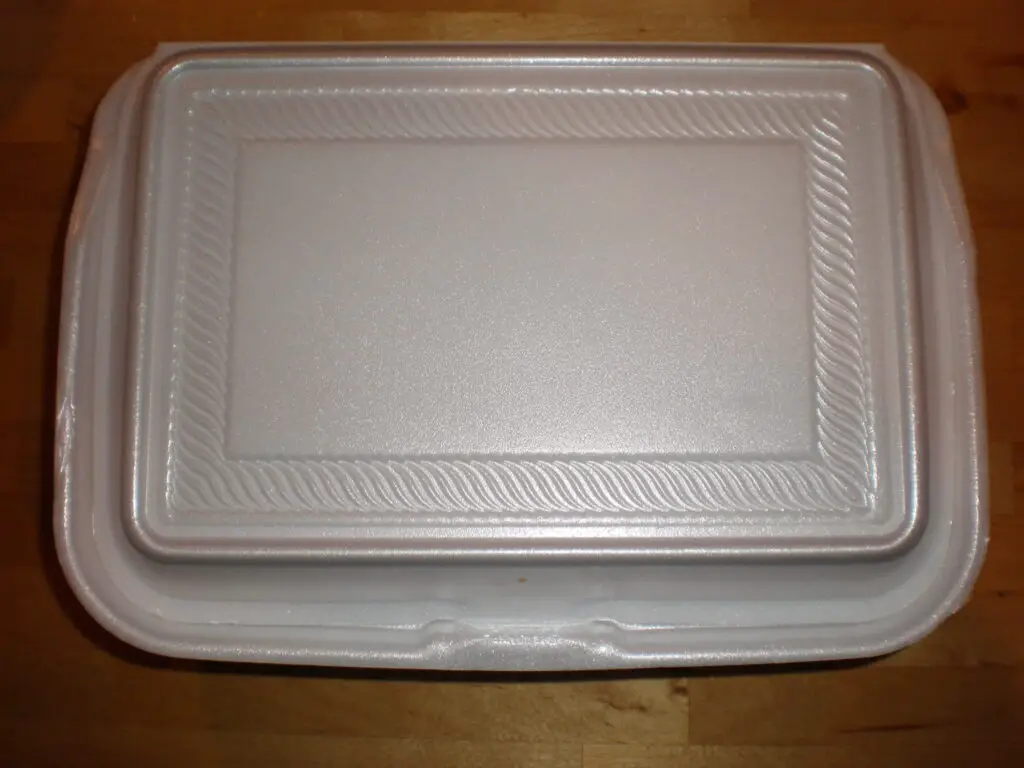
Styrofoam food containers, once a staple in the restaurant industry, are quickly being replaced by more sustainable options. These containers are notorious for their environmental impact, taking centuries to decompose in landfills. Many cities have already banned their use, and a federal ban may not be far behind. Biodegradable and paper-based alternatives are gaining traction as eco-conscious consumers demand change.
Restaurants and food vendors are adapting by offering compostable or reusable packaging. The shift not only reduces waste but also aligns with broader sustainability goals. Styrofoam’s lightweight nature makes it prone to littering, further exacerbating its impact on ecosystems. By choosing environmentally friendly materials, businesses can demonstrate their commitment to reducing their carbon footprint. This change also encourages consumers to think critically about their choices. Phasing out foam food containers is a significant step toward cleaner streets and healthier communities.
7. Chemical-Based Cleaners

Cleaning products containing harsh chemicals like ammonia, bleach, and phosphates are increasingly under scrutiny for their environmental and health impacts. These substances can pollute waterways, harm marine life, and pose risks to human health when inhaled or absorbed through the skin. As awareness grows, eco-friendly and biodegradable cleaning products are becoming more popular. Brands are now offering plant-based, non-toxic alternatives that are just as effective as their chemical-heavy counterparts. Switching to these options not only protects the environment but also creates safer home environments, especially for families with children or pets.
Regulatory bodies are considering restrictions on products with harmful chemicals, encouraging a shift toward safer formulations. Using eco-friendly cleaners also reduces indoor air pollution, contributing to better overall health. Many companies are innovating with refillable or concentrated solutions to minimize packaging waste. This trend aligns with a growing emphasis on sustainability and wellness in everyday living. Phasing out chemical-based cleaners is an important step toward creating a cleaner, greener future for all.
8. High-VOC Paints
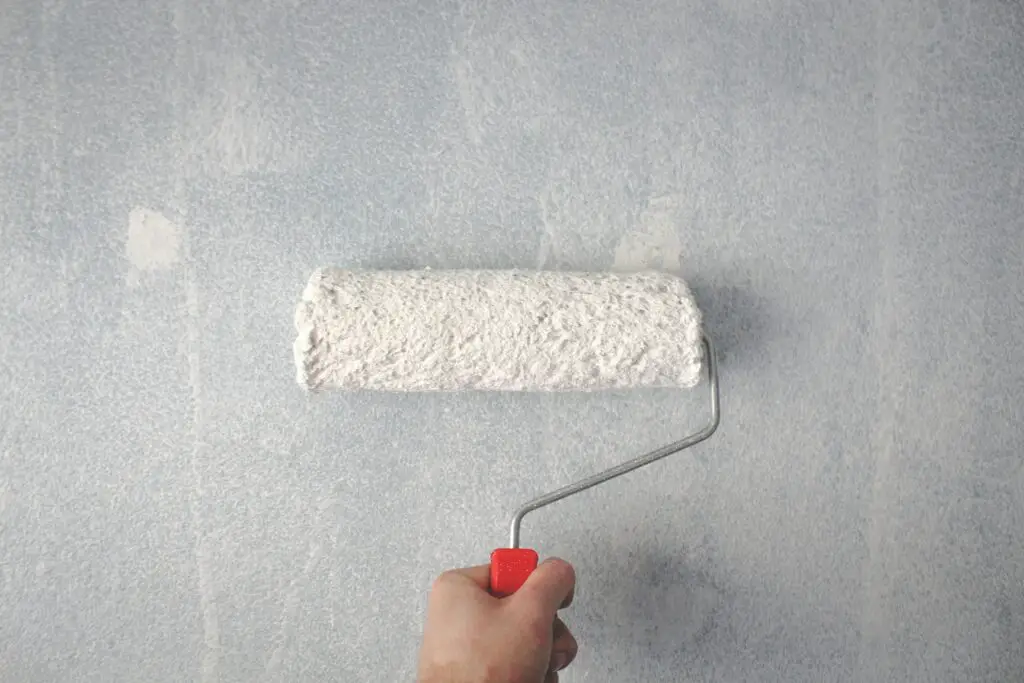
Paints with high levels of volatile organic compounds (VOCs) are facing increasing criticism for their harmful effects. VOCs contribute to air pollution and can cause respiratory issues, headaches, and long-term health problems. As a result, low-VOC and zero-VOC paint options are becoming the industry standard. These safer alternatives emit fewer toxins while maintaining vibrant colors and durability. Many countries are imposing stricter regulations on VOC levels in paints, pushing manufacturers to develop eco-friendly options.
Homeowners who switch to low-VOC paints can enjoy healthier indoor air quality and a more sustainable home environment. These paints are widely available and come in a variety of finishes, ensuring no compromise on aesthetics. Beyond health benefits, low-VOC options are easier to clean and maintain, making them a practical choice. By updating your paint supplies now, you can stay ahead of regulatory changes and enhance your living spaces. The move away from high-VOC paints is part of a larger push toward greener building practices.
9. Traditional Wood-Burning Fireplaces
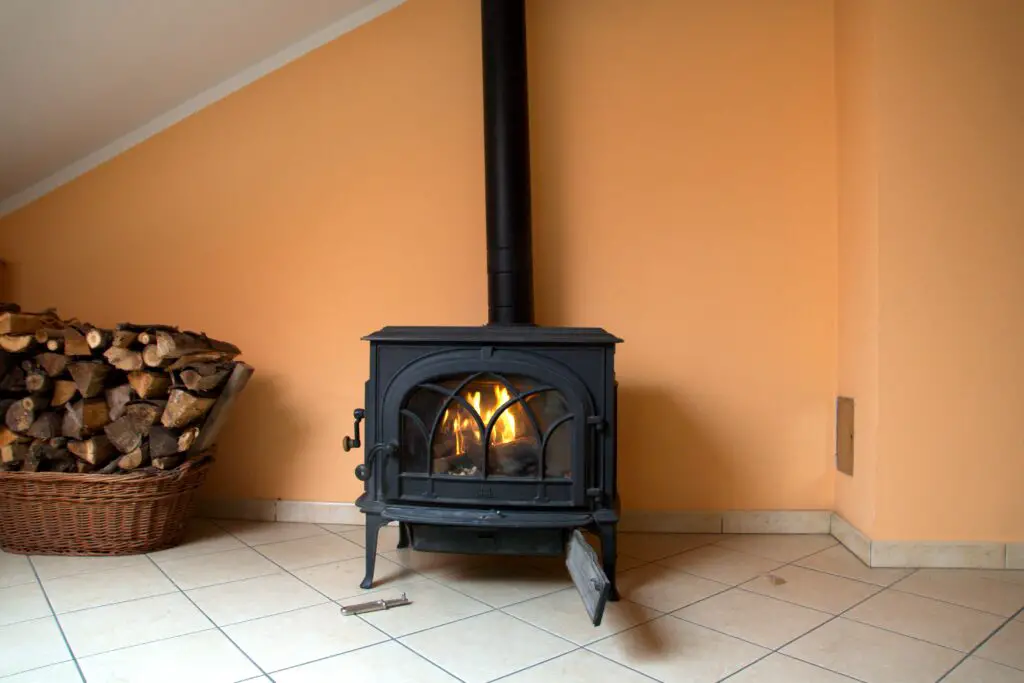
While traditional wood-burning fireplaces are cherished for their cozy ambiance, they are being scrutinized for their environmental impact. These fireplaces release harmful particulate matter into the air, contributing to poor air quality and respiratory issues. Many cities are imposing restrictions on their use, encouraging homeowners to transition to cleaner alternatives. Gas and electric fireplaces offer a similar aesthetic appeal with significantly fewer emissions. Retrofitting existing fireplaces with cleaner-burning inserts is another option gaining popularity.
These modern solutions are not only eco-friendly but also easier to maintain and operate. Governments are also incentivizing homeowners to make the switch by offering tax credits or rebates for cleaner heating systems. Beyond environmental benefits, alternatives like electric fireplaces are safer and more convenient, eliminating risks associated with open flames. This shift reflects a growing awareness of the need for sustainable heating solutions. While the charm of wood-burning fireplaces is undeniable, their time may be running out in favor of greener options.
10. Non-Compliant Water Fixtures
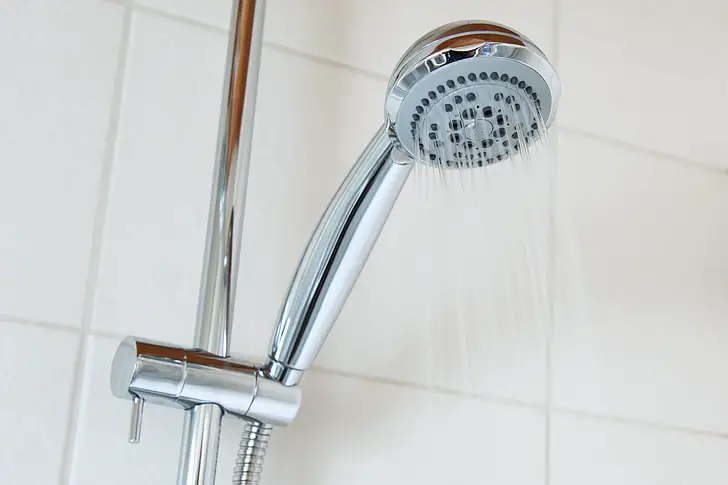
Inefficient water fixtures, including older showerheads, faucets, and toilets, are being phased out as water conservation becomes a priority. These outdated fixtures use excessive amounts of water, contributing to waste and higher utility bills. Modern alternatives are designed to reduce water consumption while maintaining or even enhancing performance. Low-flow showerheads, aerated faucets, and dual-flush toilets are becoming the standard in sustainable plumbing. Many regions are implementing stricter water efficiency standards, making upgrades a necessity for homeowners.
These changes not only save water but also reduce energy usage associated with heating water. Homeowners who update their fixtures can benefit from rebates and lower monthly bills. Water-efficient fixtures also increase the value of a home, appealing to eco-conscious buyers. The shift toward compliant fixtures reflects a larger commitment to resource conservation. By making the transition now, you can stay ahead of regulations and contribute to a more sustainable future.
11. PVC-Based Products
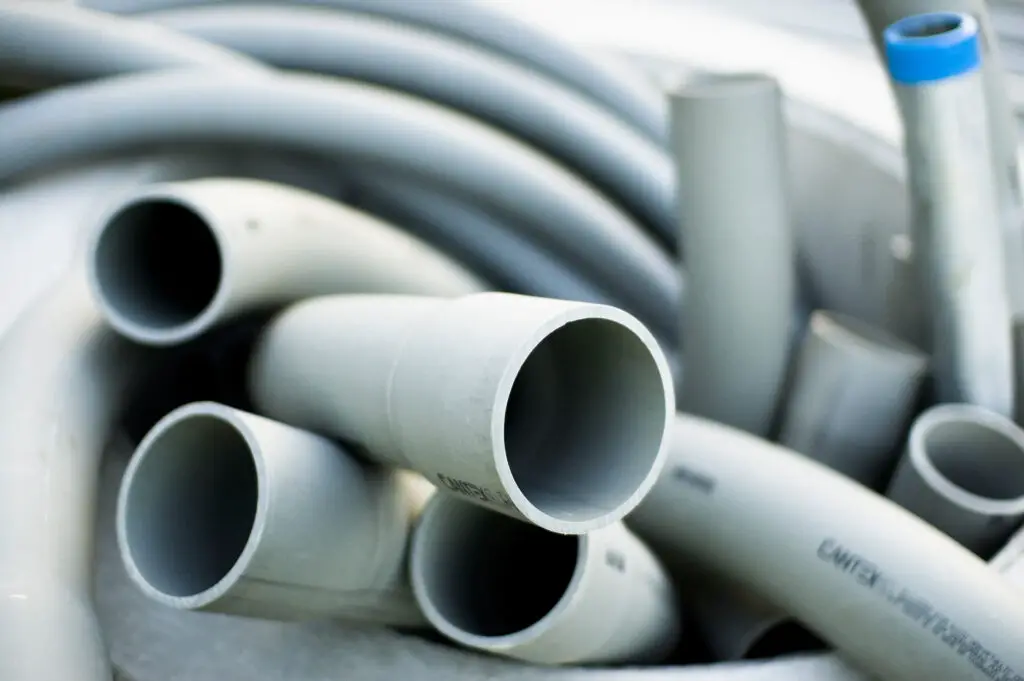
PVC-based products, such as certain flooring materials, are under scrutiny due to their environmental and health risks. PVC production releases toxic chemicals, including dioxins, which can harm both workers and surrounding communities. Additionally, PVC is difficult to recycle and often ends up in landfills, where it persists for decades. In response, many manufacturers are turning to more sustainable alternatives like bamboo, cork, and linoleum. These materials are not only eco-friendly but also durable and stylish, offering a wide range of design possibilities.
Homeowners are increasingly drawn to these greener options as awareness of PVC’s impact grows. Regulatory changes may soon restrict the use of PVC in building materials, accelerating this shift. Switching to sustainable flooring options not only reduces environmental harm but also improves indoor air quality. Many of these alternatives are naturally hypoallergenic, making them ideal for families with allergies or sensitivities. By choosing PVC-free products, you’re investing in a healthier home and a cleaner planet.
12. Flame Retardant Furniture
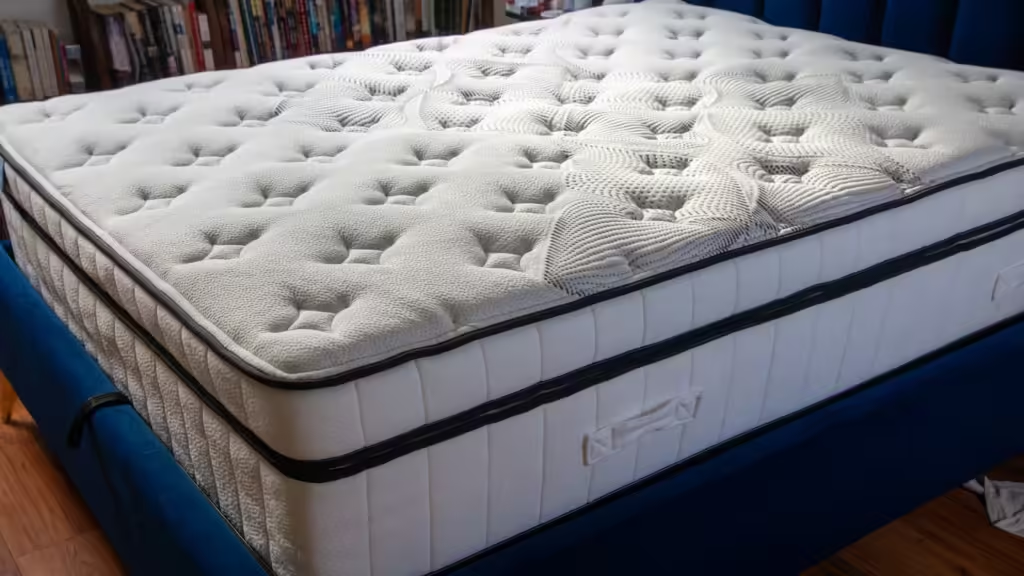
Furniture treated with certain flame retardants is coming under fire for its links to health risks. Chemicals like PBDEs (polybrominated diphenyl ethers) have been found to disrupt hormones and potentially increase cancer risks. As a result, many countries are moving toward banning these harmful substances in couches, mattresses, and other upholstered items. Safer alternatives, such as wool or naturally flame-resistant materials, are gaining popularity among eco-conscious consumers.
Labels like “PBDE-free” are becoming an important indicator for safer furniture options. Manufacturers are also developing innovative designs that meet fire safety standards without harmful chemicals. This shift reflects growing consumer demand for products that prioritize health and sustainability. Investing in flame retardant-free furniture can improve indoor air quality and reduce exposure to toxins. Eco-friendly furniture often comes with the added benefit of being made from sustainable materials. By making informed choices now, you can create a safer and more environmentally friendly living space.
13. Disposable Coffee Pods
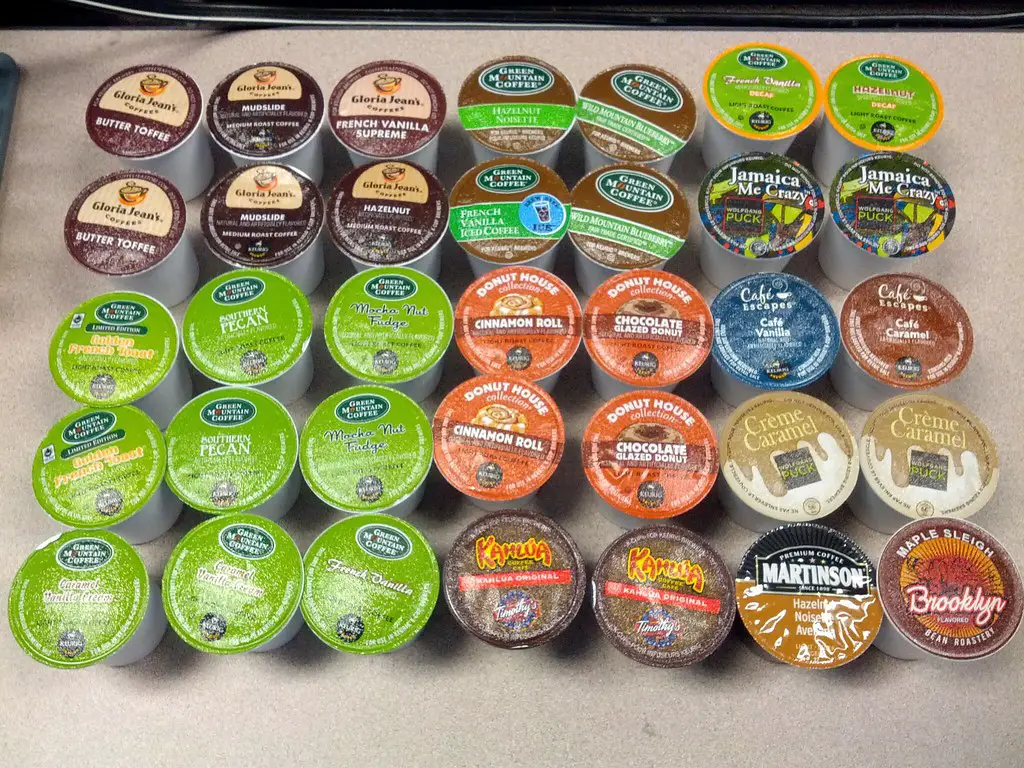
Single-use coffee pods, often made from non-recyclable plastics, are a significant contributor to global waste. Millions of these pods end up in landfills each year, where they can take centuries to decompose. As awareness of this issue grows, many companies are transitioning to compostable or reusable pod systems. Consumers are also turning to refillable pods, which reduce waste and allow for more customization in brewing. A nationwide ban on traditional coffee pods could be on the horizon as governments address the growing plastic crisis.
This change encourages more sustainable coffee habits, benefiting both the planet and consumers’ wallets. Compostable pods, made from plant-based materials, are a convenient and eco-friendly alternative. Many coffee makers are now compatible with these options, making the switch easier than ever. This shift aligns with broader efforts to reduce single-use plastics and promote recycling. By adopting sustainable coffee solutions, you can enjoy your daily brew without the guilt of contributing to landfill waste.
